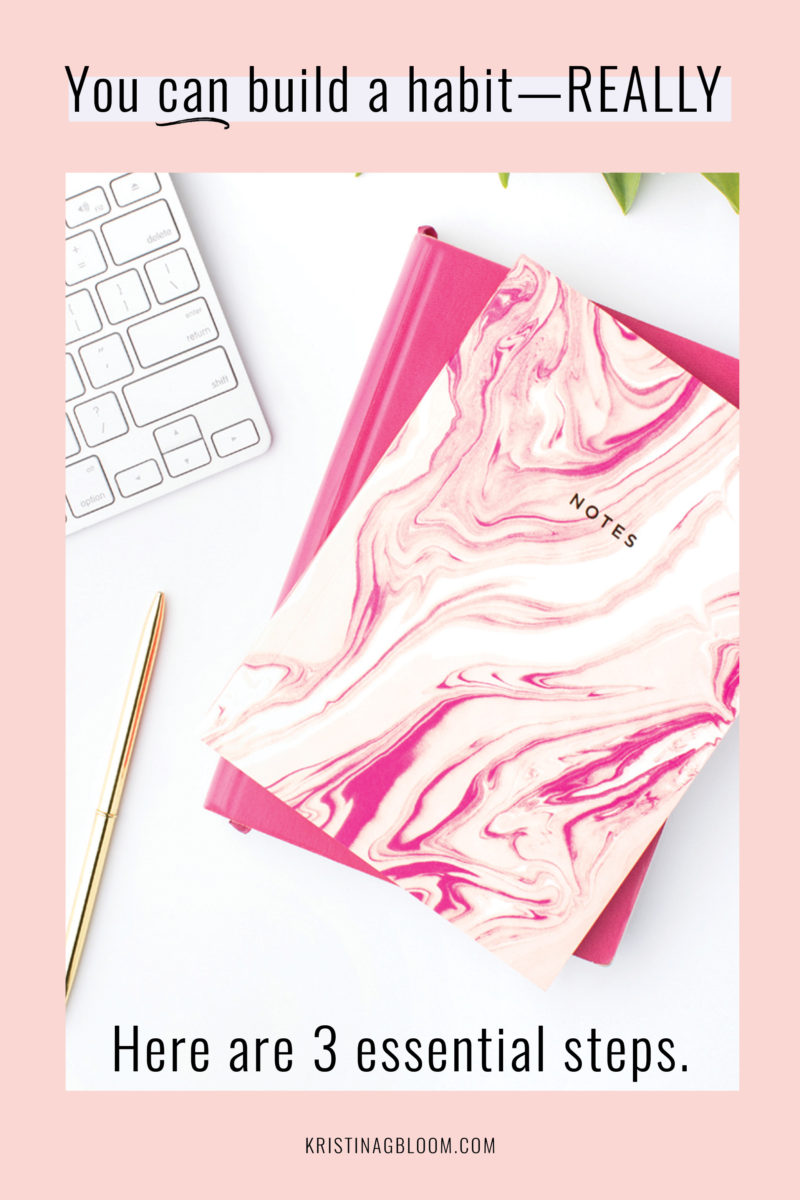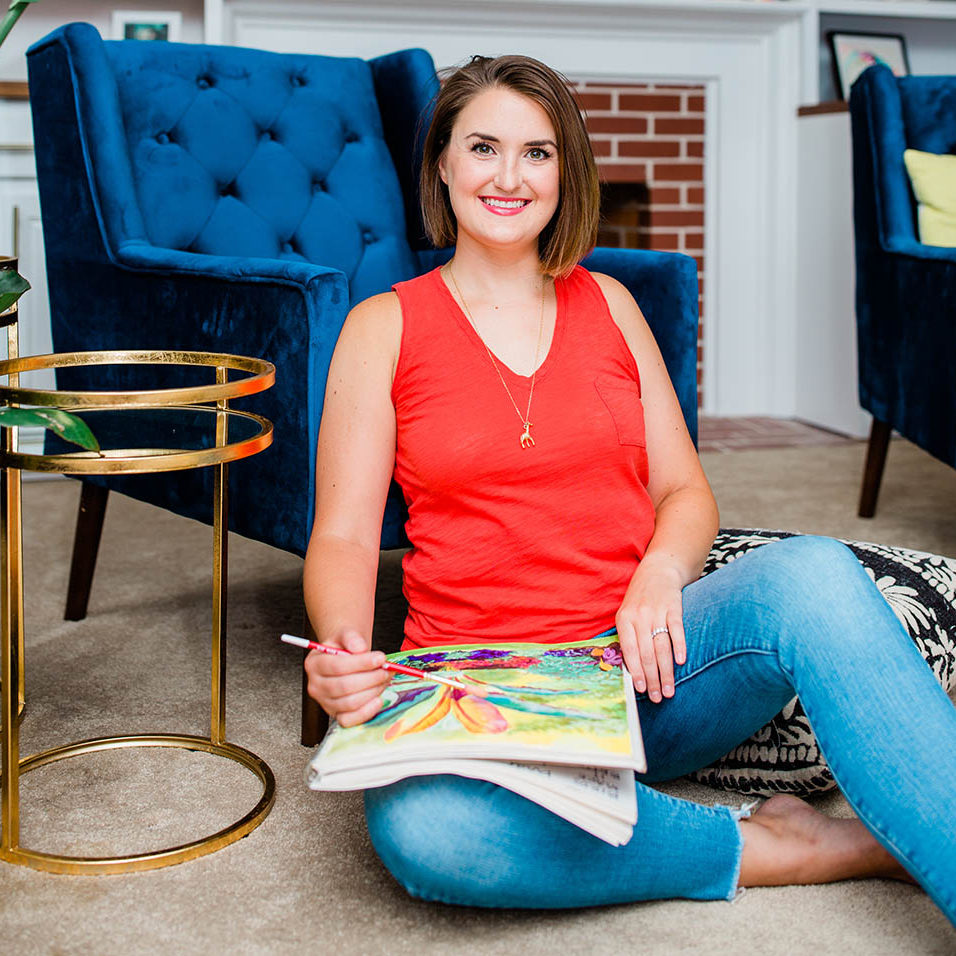1. KNOW YOURSELF!
I learn more about myself every year. I read–a lot. I’m naturally introspective, so I’m able to reflect on experiences and pull out lessons or opportunities to change. I am strong-willed, and I know when something, no matter how conventionally praised, does not work for me. I also LOVE personality assessments and have found them enormously helpful in teaching me about my natural tendencies, both good and bad, so that I can empower myself. Therapy is also a tool of self knowledge I cannot recommend enough.
Here are a few good places to start the self-knowledge journey!
The Four Tendencies, by Gretchen Rubin
In researching the creation and execution of new habits, Gretchen realized that a one-size-fits-all approach is a fantasy. She created the framework of the Four Tendencies to help you identify how you react to expectations, and how to successfully create habits in the way that suits YOU best.
Gretchen categorizes people as one of the following:
Upholders, those who respond well to outer + inner expectations
Obligers, those who respond well to outer expectations, but struggle to meet their inner expectations
Questioners, those who will meet outer expectations only if they agree with them, who have an easier time meeting their own expectations
Rebels, who struggle with all expectations. Rebels value freedom and choice, and can meet expectations that align with their values, but are less rigid in execution.
Me? I’m a rebel.
Take her Four Tendencies quiz here
Her books: The Four Tendencies, Better Than Before
The Enneagram
is a 9-type structure that helps you identify key characteristics of your personality. You can dive very deeply into the enneagram and it’s configuration. Try taking the test to see what basic type you are, and go from there. I’m a type 4–the individualist.
Free test: Truity
Paid ($12) Test: The Enneagram Institute
Myers-Briggs
This is the first personality assessment I tried, and it was so accurate it was kind of alarming!
Myers-Briggs breaks down into 4 basic areas (as described by MBTI® Manual: A Guide to the Development and Use of the Myers-Briggs Type Indicator®):
Favorite world: Do you prefer to focus on the outer world or on your own inner world? This is called Extraversion (E) or Introversion (I).
Information: Do you prefer to focus on the basic information you take in or do you prefer to interpret and add meaning? This is called Sensing (S) or Intuition (N).
Decisions: When making decisions, do you prefer to first look at logic and consistency or first look at the people and special circumstances? This is called Thinking (T) or Feeling (F).
Structure: In dealing with the outside world, do you prefer to get things decided or do you prefer to stay open to new information and options? This is called Judging (J) or Perceiving (P).
Your type consists of your preference in each area; for example, I identify as an INFJ.
Free test: 16 Personalities (this website also has incredible breakdowns + info on all the types–do your research here!)
Paid ($49) test: MBTIonline
2. Set yourself up for success
Now that you know who you are, what values are important to you, and how you deal with expectations placed on you, you’re ready to make a plan!
You’re either failing to plan or planning to fail. Accountability is really important, as well as intentionality. So, take some time to think about how you can implement this new habit into your life, and write down how you will do it.
Keep it front and center: on your bathroom mirror, in a planner, tell a friend, add it to Google Calendar, tattoo it on your wrist….whatever works for you, do it (and remember, don’t worry about what works for other people–worry about YOU.)
This is the time to get real with yourself. If you’ve realized you’re a night owl + also aspire to exercise for 30 minutes a day, trying to wake up at 6 am to run is probably a terrible strategy for your new goal. Instead of trying to force yourself to change your core characteristics, USE them as tools. Go for a run after work, in the evening when you’re feeling alert and energized.
Trying to cut sugar? Are you able to do it for a while, then think, “I’ve been good for so long, I can have a little and not blow my streak!” Does that send you into a candy binge? Decide to abstain rather than try to moderate your behavior. Remove sugar from the house. Tell friends, so when you’re out, you feel strong and supported.
3. Stumble, don’t stop
In the past, I have definitely let a moment of weakness, a missed workout (or week of workouts) etc make me feel like a failure. I let myself believe that because I wasn’t perfect in my execution, there was no way to maintain the habit.
Learn from my mistake–a stumble is ok, but don’t just stop altogether! It’s so much easier to get right back on track, rather than dwelling on negative feelings and having to start from scratch weeks, months, or years later.
Don’t let a pause in your momentum keep from getting back up! Consistency is key for any success, and recommitting every day is easier than starting over every year. I believe in you!

